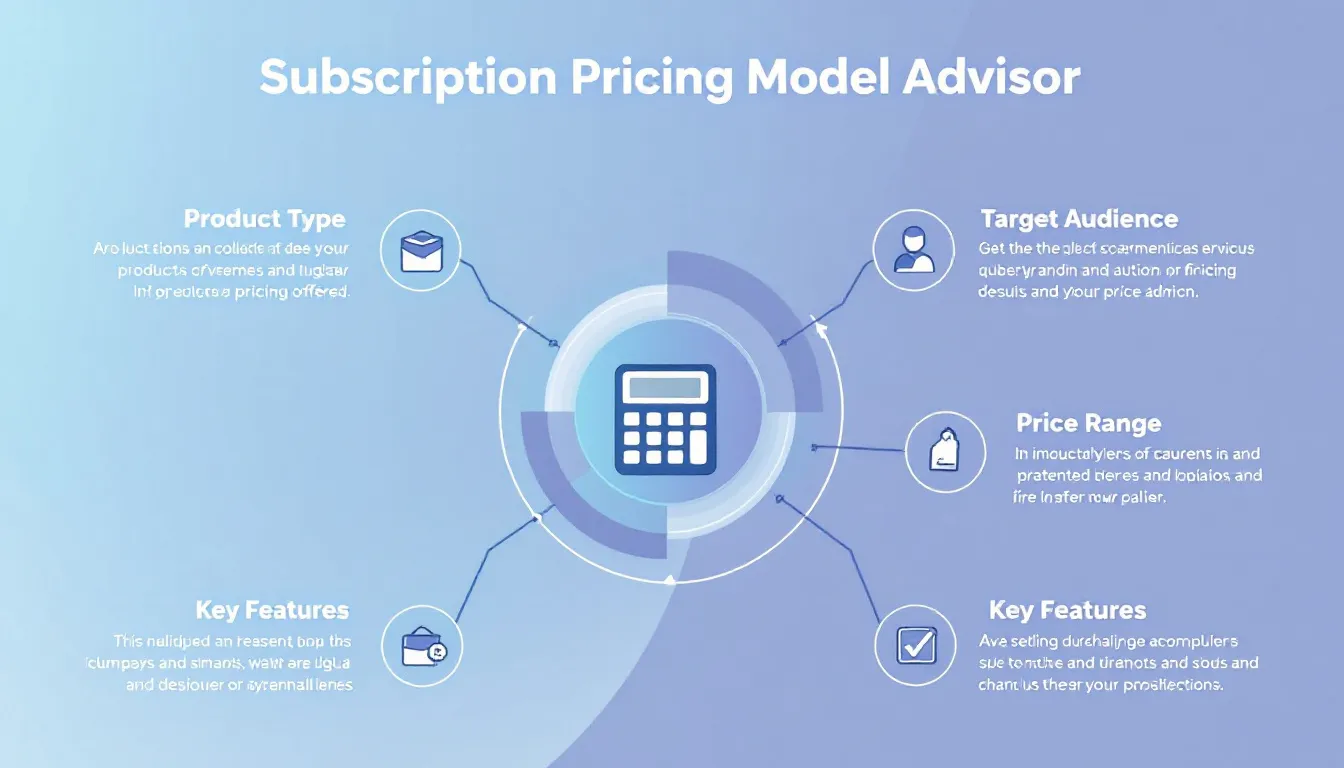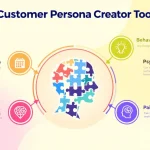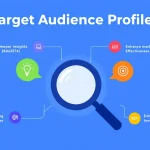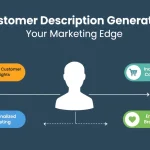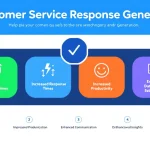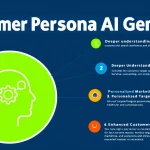Is this tool helpful?
How to Use the Subscription Pricing Model Advisor Tool Effectively
The Subscription Pricing Model Advisor tool helps businesses determine the most effective subscription pricing strategy for their products or services. Here’s a detailed guide on using each field:
Input Fields Guide
- Type of product or service: Enter specific details about your offering. For example: “Enterprise-level project management software with collaboration features” or “Monthly fitness coaching program with personalized meal plans”
- Target audience: Define your ideal customer segment. Examples: “Mid-sized manufacturing companies with 50-200 employees” or “Health-conscious professionals aged 25-45 in urban areas”
- Price range: Input your desired or current price points. While optional, this helps in generating more targeted recommendations
- Competitor information: Include relevant market pricing data to ensure competitive positioning
- Key features: List your product’s main value propositions and distinguishing characteristics
Understanding Subscription Pricing Model Optimization
A subscription pricing model advisor is a strategic tool designed to help businesses develop and refine their recurring revenue strategies. It analyzes various factors including market positioning, target audience characteristics, and competitive landscape to recommend optimal pricing structures.
Core Components of Subscription Pricing
- Customer Lifetime Value (CLV)
- Monthly Recurring Revenue (MRR)
- Churn Rate Consideration
- Value Metrics
- Price Sensitivity Analysis
Benefits of Using the Subscription Model Advisor
Strategic Advantages
- Data-driven pricing decisions
- Improved customer retention rates
- Optimized revenue streams
- Enhanced market positioning
- Better value communication
Operational Benefits
- Streamlined pricing structure
- Reduced decision-making time
- Consistent pricing framework
- Improved profit margins
Problem-Solving Capabilities
Common Pricing Challenges Addressed
The tool helps solve various pricing-related challenges:
- Price point optimization
- Tier structure development
- Feature allocation across tiers
- Market positioning strategy
- Customer segment alignment
Mathematical Framework
The tool utilizes several key formulas for pricing optimization:
$$CLV = ARPU × (1/Churn Rate)$$$$MRR = Number of Customers × Average Revenue Per User$$$$Churn Rate = (Churned Customers/Total Customers) × 100$$Practical Applications and Use Cases
SaaS Business Example
Consider a marketing automation platform:
- Product Type: “Marketing automation software with email, social media, and analytics features”
- Target Audience: “Digital marketing agencies and e-commerce businesses”
- Price Range: “$99-499 per month”
- Features: “Campaign automation, analytics dashboard, API access, white-labeling”
Service-Based Business Example
For a professional development platform:
- Product Type: “Online professional skills training platform”
- Target Audience: “Corporate HR departments and individual professionals”
- Price Range: “$29-199 per user/month”
- Features: “500+ courses, certification programs, progress tracking”
Frequently Asked Questions
General Questions
Q: How many pricing tiers should I offer?
A: Most successful subscription businesses offer 3-4 tiers to cater to different customer segments while maintaining simplicity.
Q: Should I offer a free tier?
A: Free tiers can be effective for products with network effects or those requiring significant user adoption to demonstrate value.
Q: How often should I review my pricing strategy?
A: Conduct quarterly reviews of your pricing strategy and make adjustments based on market conditions and business goals.
Implementation Questions
Q: What’s the best way to communicate value in pricing tiers?
A: Focus on customer outcomes and benefits rather than feature lists. Use clear, benefit-driven language for each tier.
Q: How do I determine feature allocation across tiers?
A: Analyze usage patterns and customer feedback to identify high-value features that can serve as natural progression points between tiers.
Q: Should I offer annual pricing options?
A: Yes, offering annual plans with a discount (typically 10-20%) can improve cash flow and reduce churn.
Strategic Questions
Q: How do I handle enterprise customers?
A: Create a custom or enterprise tier with personalized pricing and features based on specific needs and volume.
Q: What metrics should I track after implementing a new pricing model?
A: Monitor MRR, customer acquisition cost (CAC), churn rate, and customer lifetime value (CLV) to evaluate pricing effectiveness.
Q: How can I minimize customer churn when adjusting prices?
A: Grandfather existing customers, communicate changes clearly, and focus on demonstrating increased value.
Advanced Considerations
Growth Strategies
- Expansion revenue opportunities
- Cross-sell and upsell planning
- Market penetration tactics
- Customer segment expansion
Value-Based Pricing Elements
- Customer success metrics
- ROI calculation frameworks
- Value demonstration methods
- Competitive differentiation factors
By following these guidelines and utilizing the Subscription Pricing Model Advisor tool effectively, businesses can develop robust, market-appropriate pricing strategies that drive growth and customer satisfaction while maintaining competitive advantage in their respective markets.
Important Disclaimer
The calculations, results, and content provided by our tools are not guaranteed to be accurate, complete, or reliable. Users are responsible for verifying and interpreting the results. Our content and tools may contain errors, biases, or inconsistencies. We reserve the right to save inputs and outputs from our tools for the purposes of error debugging, bias identification, and performance improvement. External companies providing AI models used in our tools may also save and process data in accordance with their own policies. By using our tools, you consent to this data collection and processing. We reserve the right to limit the usage of our tools based on current usability factors. By using our tools, you acknowledge that you have read, understood, and agreed to this disclaimer. You accept the inherent risks and limitations associated with the use of our tools and services.
